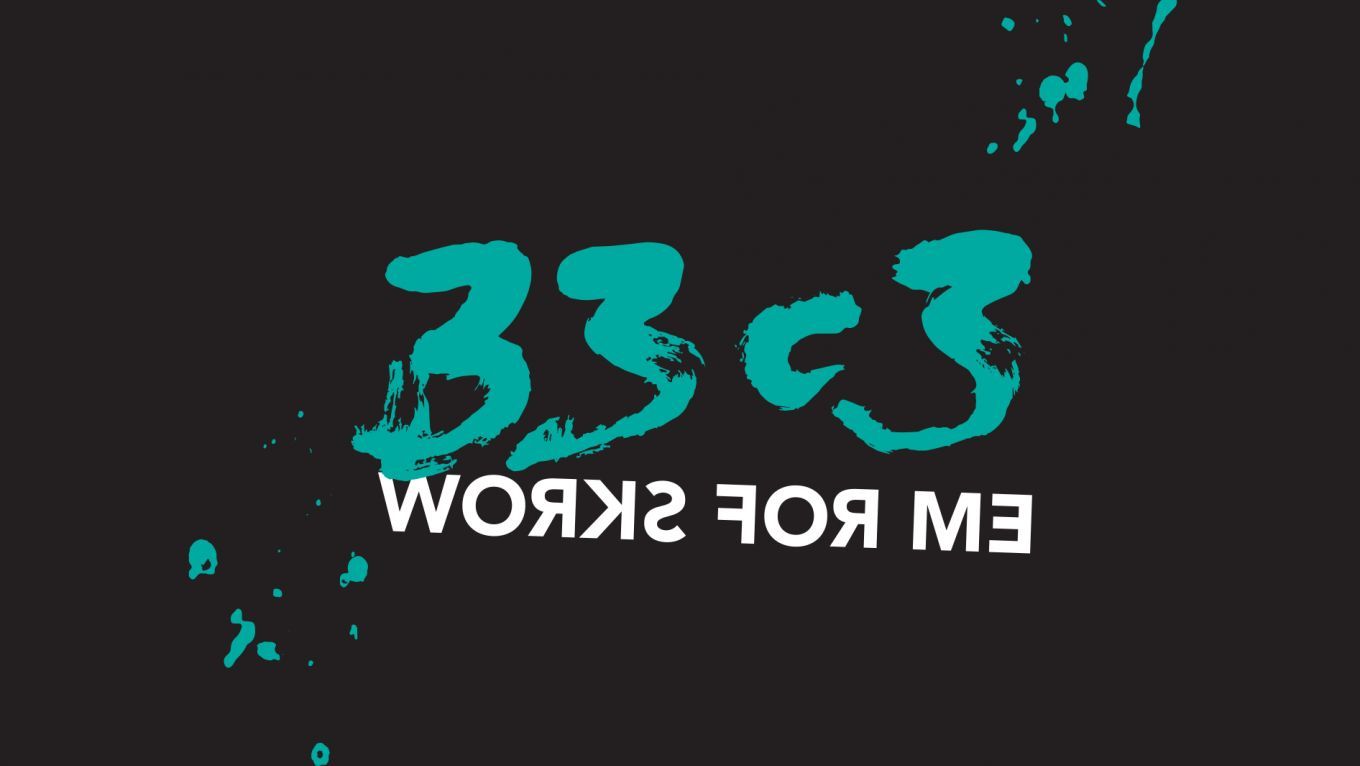Security
Bootstraping a slightly more secure laptop
Heads is an open source custom firmware and OS configuration for laptops and servers that aims to provide slightly better physical security and protection for data on the system. Unlike Tails, which aims to be a stateless OS that leaves no trace on the computer of its presence, Heads is intended for the case where you need to store data and state on the computer. It targets specific models of commodity hardware and takes advantage of lessons learned from several years of vulnerability research. This talk provides a high level overview of Heads, a demo of installing it on a Thinkpad and a tour of some of the attacks that it protects against.
Heads builds on several years of firmware security research focused on firmware vulnerabilities ("Thunderstrike: EFI bootkits for Apple Macbooks" and "Thunderstrike 2") as well as many other CCC talks ("Hardening hardware and choosing a #goodBIOS", "Beyond anti evil maid", "Towards (reasonably) trustworthy x86 laptops", etc.) and combines these ideas into a single system.
It is not just another Linux distribution - it combines physical hardening and flash security features with custom Coreboot firmware and a Linux boot loader in ROM. This moves the root of trust into the write-protected ROM and prevents further modifications to the bootup code. Controlling the first instruction the CPU executes allows Heads to measure every step of the boot process into the TPM, which makes it possible to attest to the user or a remote system that the firmware has not been tampered with. While modern Intel CPUs require binary blobs to boot, these non-Free components are included in the measurements and are at least guaranteed to be unchanging. Once the system is in a known good state, the TPM is used as a hardware key storage to decrypt the drive.
Additionally, the hypervisor, kernel and initrd images are signed by keys controlled by the user, and the OS uses a signed, immutable root filesystem so that any software exploits that attempt to gain persistence will be detected. While all of these firmware and software changes don't secure the system against every possible attack vector, they address several classes of attacks against the boot process and physical hardware that have been neglected in traditional installations, hopefully raising the difficulty beyond what most attackers are willing to spend.
Additional information
| Type | lecture |
|---|---|
| Language | English |
More sessions
| 12/27/16 |
Certificate transparency - what is it, and what can be done with it?
|
| 12/27/16 |
Hardware is often considered as an abstract layer that behaves correctly, just executing instructions and outputting a result. However, the internal state of the hardware leaks information about the programs that are executing. In this talk, we focus on how to extract information from the execution of simple x86 instructions that do not require any privileges. Beyond classical cache-based side-channel attacks, we demonstrate how to perform cache attacks without a single memory access, as well as ...
|
| 12/27/16 |
PHP-7 is a new version of the most prevalent server-side language in use today. Like previous version, this version is also vulnerable to memory corruptions. However, the language has gone through extensive changes and none of previous exploitation techniques are relevant. In this talk, we explore the new memory internals of the language from exploiters and vulnerability researchers point of view. We will explain newly found vulnerabilities in the 'unserialize' mechanism of the language and ...
|
| 12/27/16 |
Follow the steps taken to crack a conditional access and scrambling system used in millions of TV set-top-boxes across North America. From circuit board to chemical decapsulation, optical ROM extraction, glitching, and reverse engineering custom hardware cryptographic features. This talk describes the techniques used to breach the security of satellite and cable TV systems that have remained secure after 15+ years in use.
|
| 12/27/16 |
We analyze the generation and management of WPA2 group keys. These keys protect broadcast and multicast Wi-Fi traffic. We discovered several issues and illustrate their importance by decrypting all group (and unicast) traffic of a typical Wi-Fi network.
|
| 12/27/16 |
We present DROWN, a novel cross-protocol attack on TLS that uses a server supporting SSLv2 as an oracle to decrypt modern TLS connections. Using Internet-wide scans, we find that 33% of all HTTPS servers are vulnerable to this protocol-level attack.
|
| 12/27/16 |
FinTechs increasingly cut the ground from under long-established banks’ feet. With a "Mobile First" strategy, many set their sights on bringing all financial tasks—checking the account balance, making transactions, arranging investments, and ordering an overdraft—on your smartphone. In a business area that was once entirely committed to security, Fintechs make a hip design and outstanding user experience their one and only priority. Even though this strategy is rewarded by rapidly ...
|

